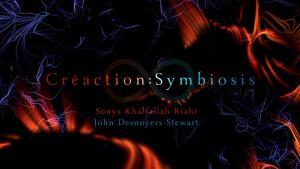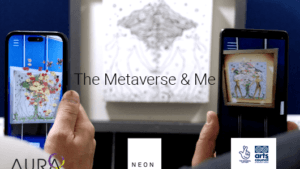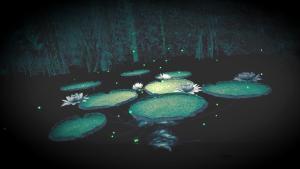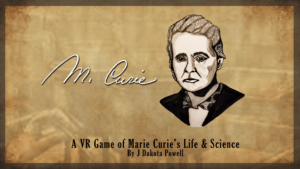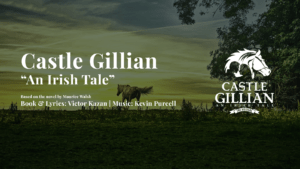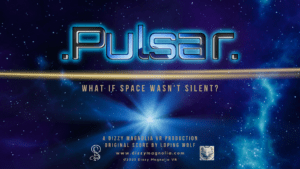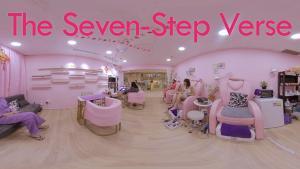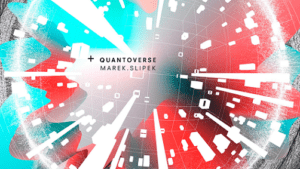
FIVARS 2021 Spotlight – MONTEGELATO
An interview with director Davide Rapp
We are thrilled to interview Davide Rapp about his groundbreaking work Montegelato that uses the 360 format perfectly to demonstrate how over 180 films were shot at matched to their framed placement at the location.
FIVARS: What lead to the creation of this piece?
MONTEGELATO comes from an old obsession. As a child, I had noticed the recurring presence of the waterfalls of Monte Gelato (50 km from Rome) in dozens of films. Five years ago I decided to collect all the movies shot in this beautiful landscape trying to make a montage that would include them all.
FIVARS: What was the production process for you and your team? What did you learn?
MONTEGELATO is the first VR montage film in the history of Cinema. It was not initially conceived to be viewed with a VR headset: the idea of transporting it in a VR environment was born in the process and proved to be the best choice to respond to the need to ‘expand’ the medium of classic Cinema to generate a new form of storytelling. To reconstruct the landscape of the falls, we digitized video media of all kinds because some movies are very rare. The clips that contained a pan, tilt, or zoom of the camera were tracked: this technique produces a kind of semi-transparent trace that gradually defines the 360° space surrounding the viewer.
The film is conceived as a layered, immersive diorama. Stereometry allows the viewer to perceive a given distance between clips in space, increasing the sense of three-dimensionality of the mosaic, while spatialized audio allows the viewer to orient themselves as the montage progresses. MONTEGELATO is a great tribute to the richness and inventiveness of Italian Cinema: virtual reality has allowed us to celebrate and narrate this wonderful world in a completely new way.
FIVARS: How did you become an immersive media content creator and why?
MONTEGELATO is our first immersive work: we decided to use virtual reality only at the end of the creative process because we realized it was the best tool to realize our idea. Now that our first project is over, we see other narrative possibilities in virtual reality that we’d like to experiment with in the future.
FIVARS: What is the VR/AR industry like in your region?
The interest in VR/AR in Italy is constantly growing and several opportunities for the development and distribution of immersive works are opening up. In this context, it plays a leading role in the Venice Film Festival, with its competitive section Venice VR Expanded.
FIVARS: What do you have planned for the future?
We are already working on new immersive projects that will make the most of what we learned during the making of MONTEGELATO, but it’s too early to talk about it.
FIVARS: What would you like to share with fellow content creators and/or the industry?
I’ve only had the opportunity to meet VR/AR filmmakers and content creators for a few months now, but I’ve been overwhelmed by their energy, positivity, and enthusiasm. It’s great to be a part of this rich and diverse community that is open to experimentation.
FIVARS: Do you think VR festivals like FIVARS are important?
The role of festivals like FIVAR is crucial: they allow for the presentation of experiences, experimental films, and other immersive projects in an attempt to define a language that is not yet fully codified.
FIVARS in FALL Runs October 15th to 17th in West Hollywood, and October 22nd to November 2nd Online.
Find tickets: https://bit.ly/FIVARSfallTix

